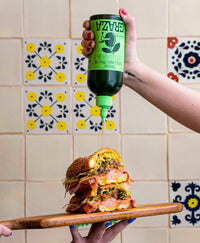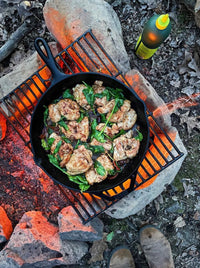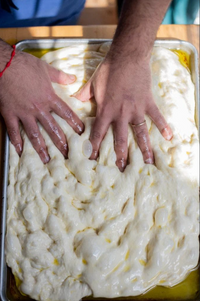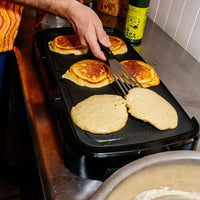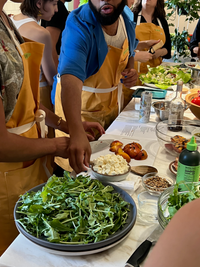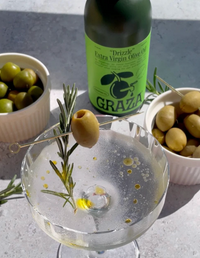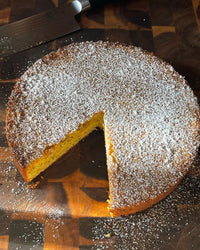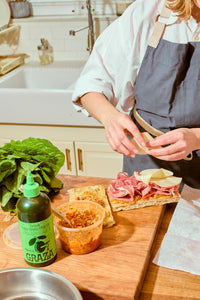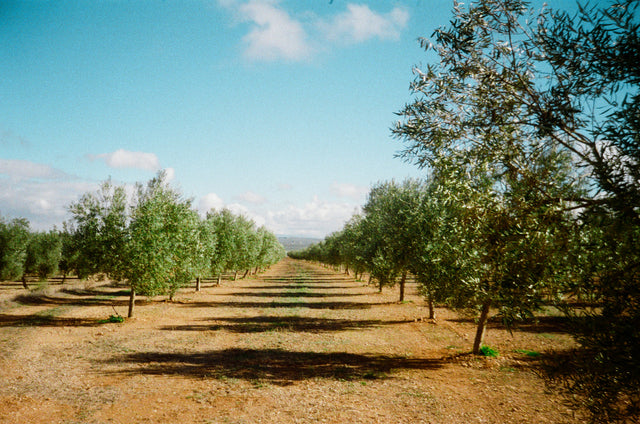
How to Spot Real Olive Oil
We all love a drizzle of olive oil—whether it's over a salad, some freshly toasted bread, or a big bowl of pasta. But not all olive oils are created equal, and in the world of grocery shelves and oil aisles, there's some sneaky stuff passing as the real deal when it's...well, not.
So we are here to help you identify when you're getting the good stuff and when you're paying for blended, refined oils.
1. Check the Label
Probably the easiest and most intuitive step is to read and look for key information on the oil's label. Some key terms to look for are:
Extra Virgin: This is the gold standard. If you oil claims to be extra virgin, it means it's made from pure, cold-pressed olives that haven't been refined with heat or chemicals. It's important to note however, just because it says "extra virgin" doesn't mean it's 100%.
Harvest Date: Freshness matters. Real olive oil will usually proudly display when the olives were harvested. If you can't find this date, the oil might be hiding something.
Country of Origin: The bottle should tell you where the olives came from. If you see a "blend of oils from multiple countries," you might be dealing with an identity crisis.
2. Bottle Design
Good quality olive oil should come in dark bottles that protect the oil from light and heat. The top should also have a smaller opening to seal the oil away from excess oxygen that can oxidize the oil. Bottles should serve to preserve the integrity, taste, and freshness of the oil.
Bonus Points: If the oil comes in an opaque bottle with a small opening that is easy and squeezy to use!
3. Taste and Smell Test
Real EVOO has a personality. It smells fresh, grassy, and fruity. If it doesn't have a strong smell or worse a rancid smell, you may want to pass.
Similar to its smell, EVOO should have a bold, grassy, sometimes peppery finish (Think Drizzle). If it tastes flat, greasy, or just "meh", it's either old, fake, or blended with non-olive oils.
4. Avoid Blends
Be wary of bottles labeled with "olive oil blend." This is the olive oil equivalent of mystery meat. It often means that the olive oil is mixed with cheaper oils like canola or soybean. If you're paying for olive oil, you should be getting olive oil, not a blended concoction.
5. The Bottom Line
The world of olive oil can be a muddled one. Real high quality EVOO is a culinary treasure, but the market can be full of knock-offs. With a little label reading, some sensory checks, and a dash of healthy skepticism, you can make sure the oil you're buying is the real deal. Find companies with honesty and transparency as a forefront of their mission and you'll find great oil!
And just as a little reminder, every bottle of Graza's single varietal, single origin (Jaén, Spain) cold-pressed 100% EVOO has the harvest and bottling date printed on the label!







